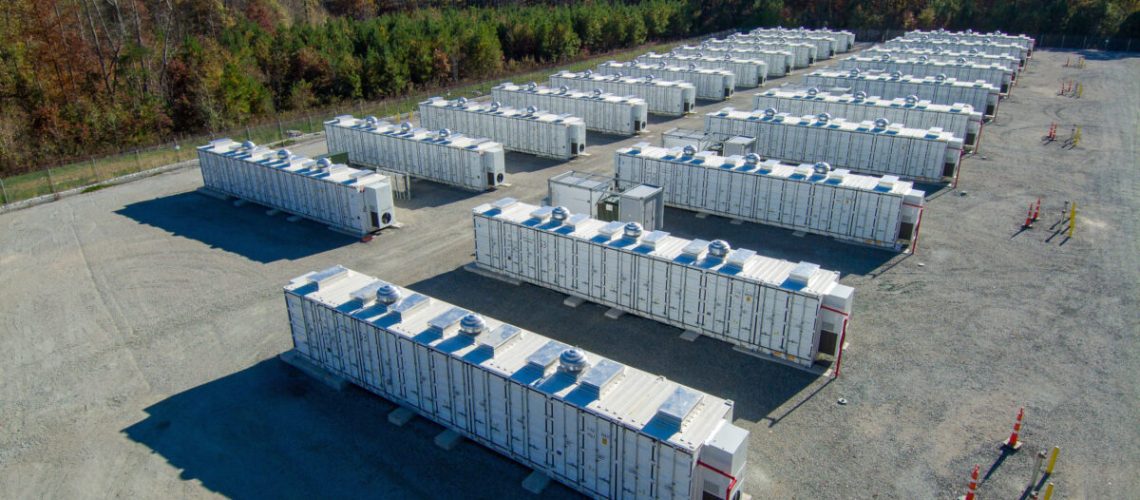The 20 MW / 80 MWh energy storage will serve Dominion Energy customers.
Electric utility Dominion Energy announced that Dry Bridge Energy Storage, a battery project in Chesterfield County, Virginia, has been activated.
The 20 MW / 80 MWh project is the largest active battery energy storage facility in Virginia, large enough to power the equivalent of 5,000 homes.
The project was sold to Dominion Energy Virginia in September 2021 by East Point Energy, an energy storage business focused on origination construction, and operation.
Virginia’s Clean Economy Act (VCEA) requires that 100% of Dominion’s electricity sales come from emissions-free sources by 2045. To meet the needs of a renewables-based grid, more energy storage like the Dry Bridge project will be needed.
The project will support the firming of intermittent, renewable energy and provide energy supply during peak demand periods. The storage is also expected to improve energy distribution, lowering costs for consumers.
“Dry Bridge, our first utility-scale, stand-alone energy storage facility, represents a significant milestone in our commitment to meeting our VCEA targets. Dispatchable resources such as this are critical to ensuring the reliability our customers expect,” said Brandon Martin, manager of business development at Dominion Energy.
Solar push
Much of the power stored by projects like Dry Bridge will come from renewable resources including solar and wind. Dominion Energy in October proposed a plan containing over a dozen new solar projects that would add 772 MW of capacity to the grid. This is enough to power 200,000 homes at peak output, said Dominion.
Dominion’s proposal includes six solar projects that, if approved, would total 337 MW that will be owned or acquired by Dominion Energy Virginia. It also includes 13 power purchase agreements (PPAs) totaling 435 MW with independently owned solar projects. The PPAs were selected through a competitive solicitation process.
If these projects are approved, Dominion will have more than 4.6 GW of solar in Virginia, or enough to power more than 1.1 million homes at peak output.



